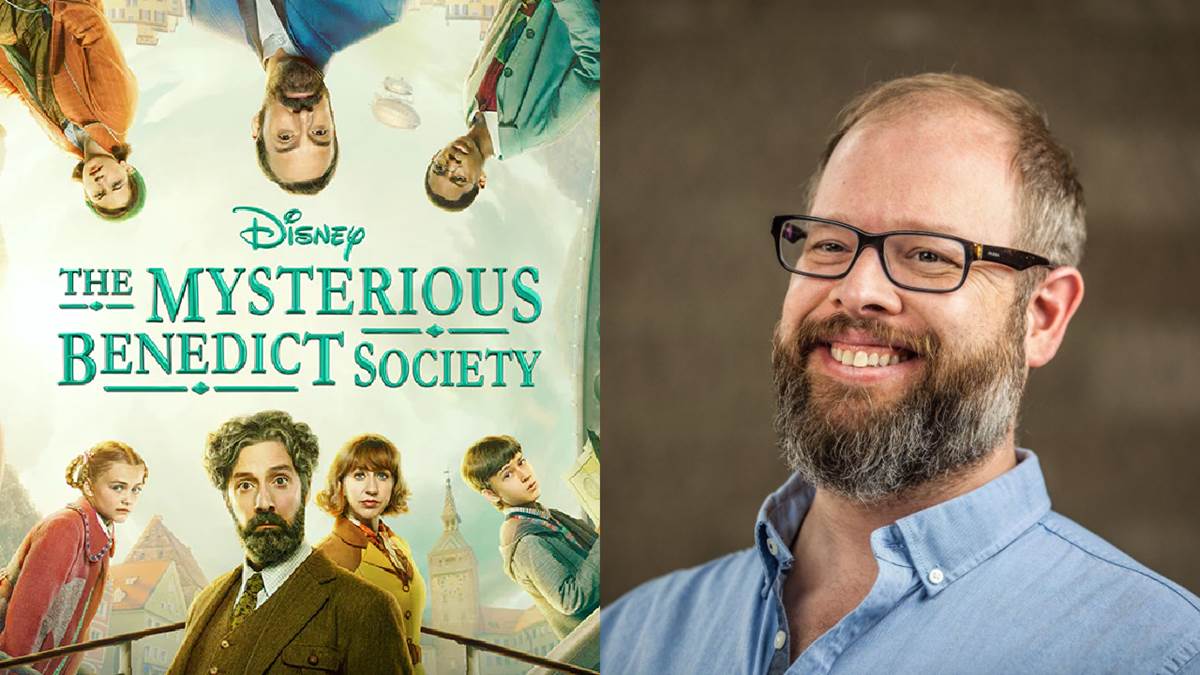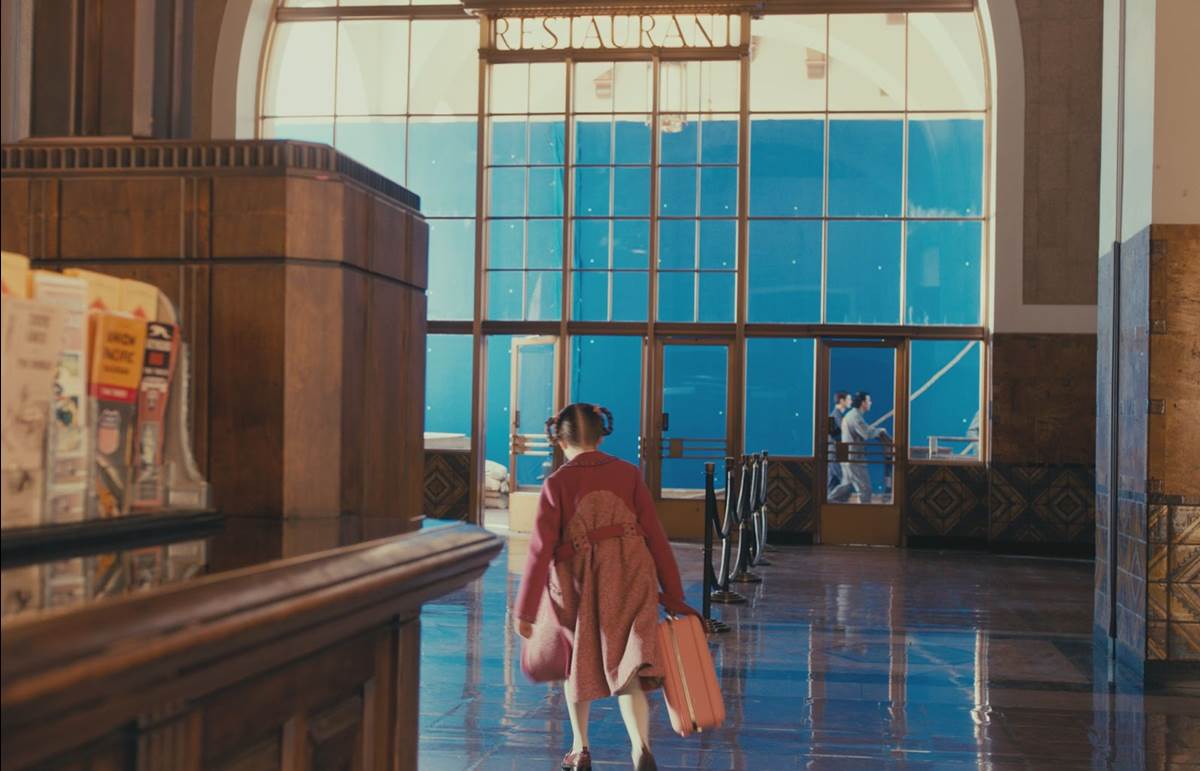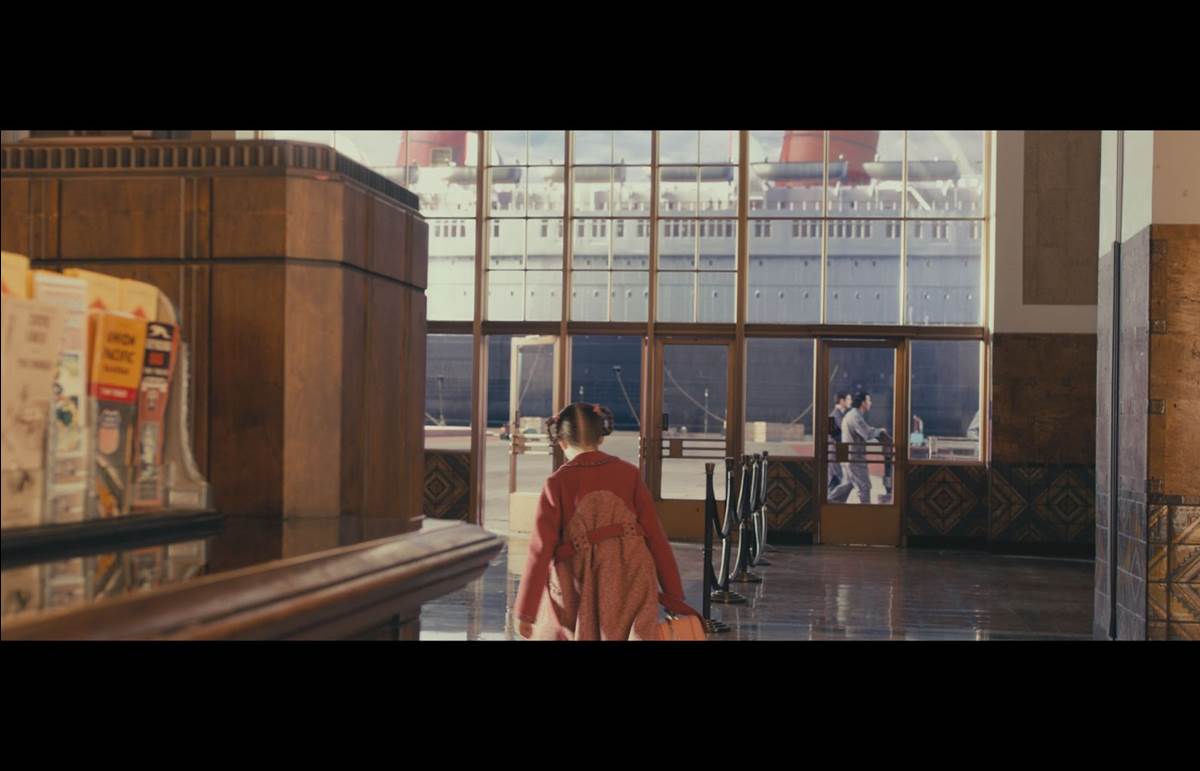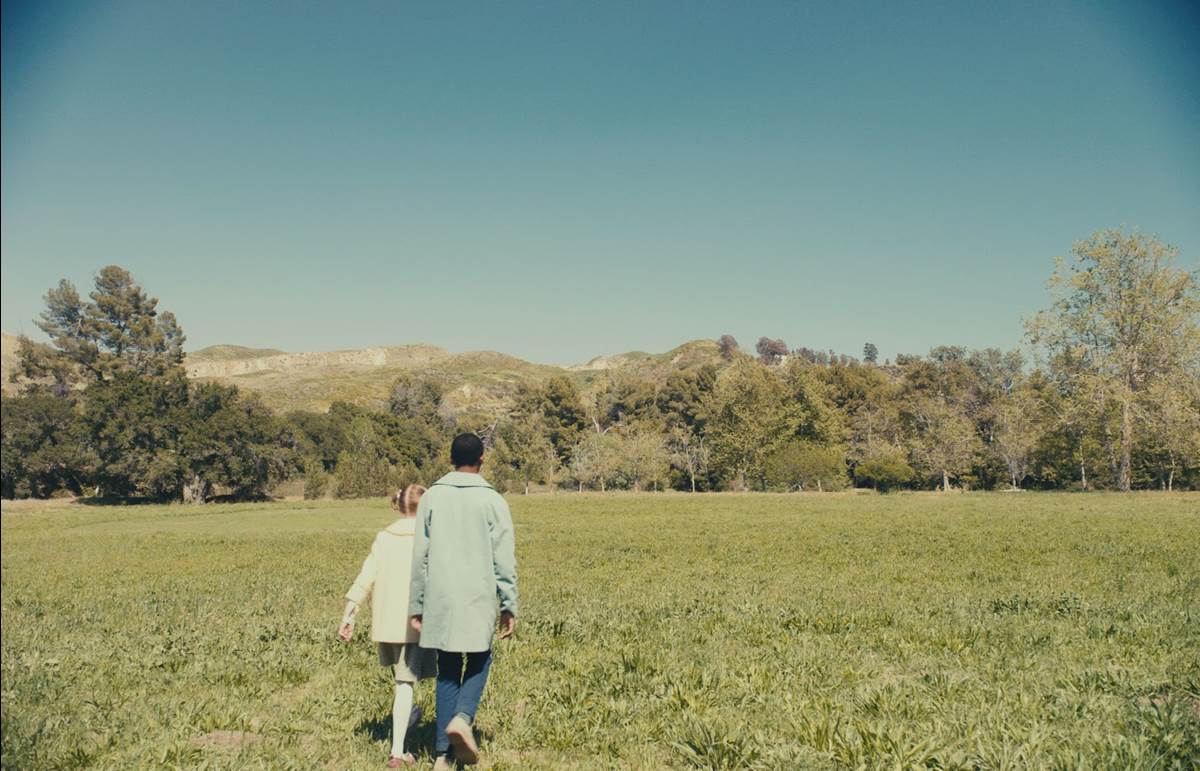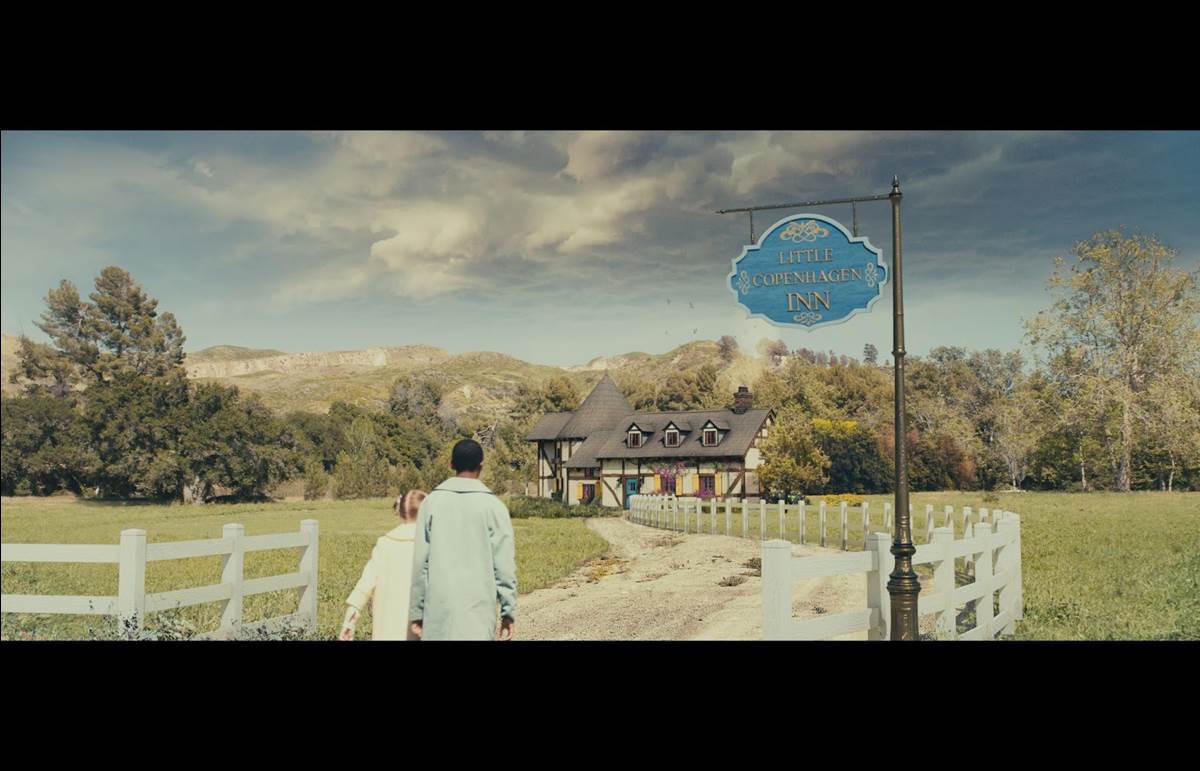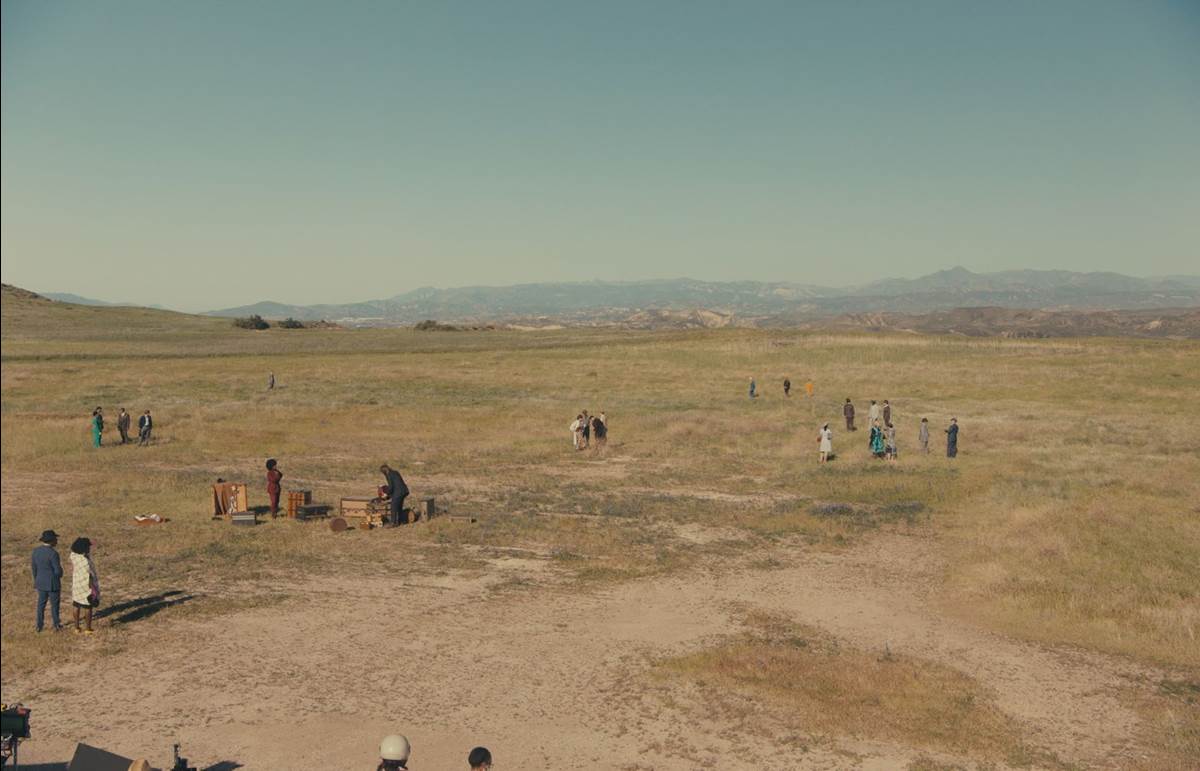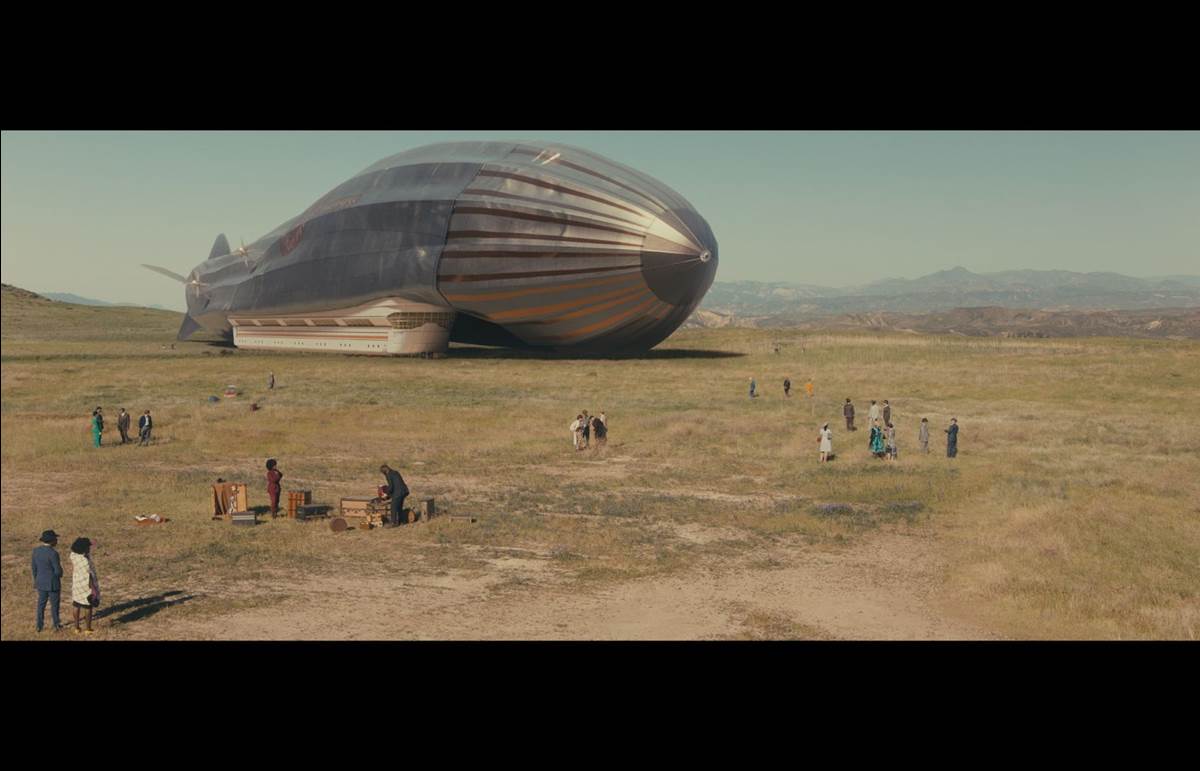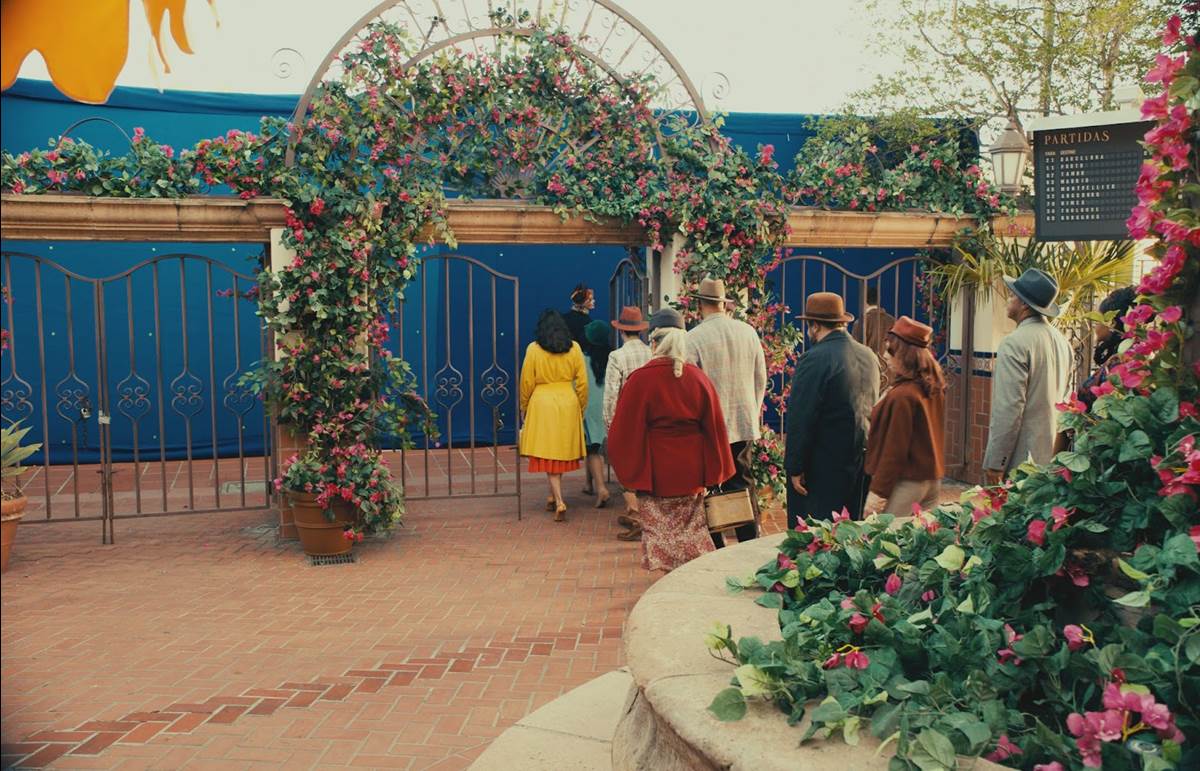Season 2 of The Mysterious Benedict Society concluded this week on Disney+ and if you’re a fan of the show, you know how stylized it is. I recently had the pleasure of speaking with Bryant Reif, the DFX Supervisor from FuseFX who helped bring to life another fantastical story based on the hit books by Trenton Lee Stewart. We not only talked about the challenges that Season 2 brought along, but also the current state of the visual effects industry and our shared last name’s (no relation). German in origin, Reif is pronounced “Rife,” but due to its spelling, it’s commonly mispronounced “Reef” when read, which is helpful background information for this conversation.
Alex Reif: It's nice to meet somebody with the same last name. I'm sure you feel my woes about the “I before E” rule when you make reservations and everything.
Bryant Reif: It's funny, when I saw this interview come up in my schedule, I was just like, "Wait, is that right?" I looked, because it's not a common last name. We can probably both relate to having to spell it all the time, and to have people say, "Rice?" No, no, no, no, with F, not an S.
Alex: I know your pain. Congratulations on season two of Mysterious Benedict Society. I'm a big fan of the show. I really love the mid-century aesthetic, and I know one of the big challenges for this season was the ship featured in the show, which is inspired by the Queen Mary. How early did you have to get involved, given that there is a mix of location shoots and CG set extensions?
Bryant Reif: Very early. Before they even started shooting. We knew that there was going to be this boat called the Shortcut, and they were going to shoot it at the Queen Mary so that we had to base ours off the Queen Mary, but they didn't want it to be the Queen Mary. The challenge was to come up with something, design our CG boat so that it fit what they shot on the real Queen Mary with all their set dressings and logos, and they branded it different because it was a totally different liner. We had to incorporate that into ours. Early start for sure, but we had to be ready to pivot once the plates come in and you see what they shot, and you see, "Okay, now we need to make this look a little bit more like the practical set and stuff." You can never start too early at any of this stuff.
Alex: I'm always amazed nowadays by what is a digital effect and what isn't. Are there any things that you or your team at FuseFX worked on for this show, where people would probably watch it and not think, "Oh, that's a digital effect?"
Bryant Reif: Yeah, there's a couple, but the thing about this show is because it's so stylized, and because it has this almost fantastical element to it, a lot of the stuff looks… It wasn't quite that typical invisible effects that you would have from other shows, where you would look at it, you'd be like, "Oh, there's nothing there CG," and here it's like, everything looks a little bit magical almost, right, but there was a couple shots we did. Some of the exteriors, where they're walking around town and you would think, "Oh, they're just walking on a set." Well, no, all those set extensions are actually CG, and some shots, interior, in the library we did, where the actual library was very small and we extended it off in the distance and stuff, but yeah. The nature of the show is much more less photo real, or not photo real, but less perfectly realistic and more like fantasy almost.
Alex: What's been one of the biggest challenges of working on this series? Did you have the benefit of working on season one and getting to come back for season two, or did you jump in right for this season?
Bryant Reif: Jumped into the second season. Yeah, I came in fresh. We have the same visual effects supervisor who was the VFX supervisor on the first season. That helped out tremendously. He had already built the relationship with the clients and had a good feel for the aesthetics. That helped out a lot, but the biggest challenge was there were… Well, okay, there were two. One was the design aesthetic, because we got some amazing concept art from Disney. For those things it was very easy, or not easy, but we had a lot of direction and it was a good place to go, but then in other cases there were things that were less fleshed out, because they weren't quite the big… Some of the smaller effects or some of the things that just whatever reason, just weren't as fleshed out. They relied on us to do a lot of the design work. The challenge of course is that you have to be faithful to the original design and the original aesthetics, and all of that work that was put into it, but then also add your own creative spin on it, have it all meshed together, and have it make it look like it was all part of the same thing. It was great because they really gave us a lot of leeway to do that. They opened up, they said, "Yes. We want to hear your ideas, we want to see what things you can come up with." It was great, because not all clients let you do that.
Alex: On that note, how important would you say having design skills are in entering the field of visual effects? I'm guessing a lot of people get into it learning how to use computer animation software, but design is a whole other discipline. How important is that for someone in this field?
Bryant Reif: Well, it depends, because visual effects tend to be very specialized. You can just be, "Oh, I'm a modeler, or I'm a compositor, or I'm an animator." In that sense, it's not quite as important. I mean, any artistic skill set is valuable, no matter what you do. You can just be a character animator, but having some design skills can only help; just having a broad artistic background, but certainly in compositing, obviously concept art, because that's all designed, but you never know when you're going to be tasked to come up with something. It's really good to have a background in design to fill in the blanks that aren't always fleshed out in the beginning of a show.
Alex: I know with most shows, the production team gives you unique digital assets to work with. It’s interesting that you had some free reign on this project.
Bryant Reif: Yeah, and don't be wrong, because they had an art director, who came up with some fantastic design, and the stuff that she designed was very well thought out, but there were always those little… There's so many elements to the show, you can't concept art everything. Along the lines, as we were working on the season, things would pop up or things that we knew that we were going to have to do that they didn't have time to do the concept art, and we know we would have to jump in and fill in for that. It was great.
Alex: A lot of the conversation on the visual effects industry right now surrounds the tight deadlines and long hours demanded with so many projects being made for streaming. Were the deadlines tight on The Mysterious Benedict Society, or could you relax a little bit on this one?
Bryant Reif: No, tight. They all are now. I mean, there's such a demand for content and there's so many networks and streaming, and everything, and everyone wants more, more, more. The demand fuels the schedules. This one, the schedule is good. No one died, but it was a challenge, and we had to really focus and just get it done, because yeah, it got tight at the end.
Alex: Are you guys back to working in an office setting? Is everyone still remote? Does that create different challenges?
Bryant Reif: Yeah, everyone's remote and we've been this way for the last, what, it's going to be three years. It's the new normal, and it's good. It does add challenges, but it also helps a lot. I feel like what you miss is that in person of interaction you can get, when you're working with artists and you're in the same room, and you share ideas, and it happens organically. That we're missing. That's a bummer, because now if you want to talk to someone, you have to schedule a meeting or reach out to them, and not as available. You don't have those serendipitous interactions that you had before, but on the flip side, everyone's way more productive, because no one's spending time in cars commuting, and because you're working on your machine, virtually, you can multitask. You can be in a meeting, while working with this, while chatting with somebody else, and you could never do that before.
Alex: There's lots of pros and cons. With so much demand for visual effects artists, is this a good time for people entering the field to consider visual effects?
Bryant Reif: Right now, absolutely. We're in the golden age of television and there is… Luckily for this show, we had a great team, and we had a great group of artists, very talented, but we're always looking for more. We can never seem to have enough. I would say right now is a great time to be entering in the industry. It hasn't always been like that, for sure, but right now, I've never seen so much work flying around than I have in the last, three, four years.
Alex: Are you able to talk at all about what you're working on now, or what's next, where people can see your work in the future?
Bryant Reif: Sure. Yeah. Right now I'm working on the second season of Shining Vale, which is completely different. It is not a fantastical kids show. That's what I'm on right now, and it's a fun show, but much, much smaller scale than Mysterious Benedict Society, which is certainly not the biggest show that I've worked on or that Fuse has brought in, but it was not a small show.
Alex: Well, thank you very much. I appreciate your time.
Bryant Reif: Yeah, for sure. It's nice to meet another Reif.
Season 2 of The Mysterious Benedict Society is now streaming on Disney+. The show recently picked up 2 Children’s and Family Emmy Awards.

